How Does Tree Trimming Vary by Season in North Texas?

Tree trimming is an essential aspect of maintaining healthy, beautiful trees. However, the best time to trim trees in Texas can vary depending on the season. Understanding these differences ensures optimal tree health and growth.
Why Tree Trimming Timing Matters
The timing of tree trimming affects the health, growth, and appearance of your trees. Trimming at the wrong time can lead to reduced health and increased vulnerability to diseases and pests. Different trees have varying growth cycles and vulnerability periods. For instance, oak trees are highly susceptible to oak wilt, a disease best managed by trimming these trees during the winter months to minimize risk. Understanding these nuances could mean the difference between a flourishing tree and one that’s struggling.
Considering the specific needs of each tree species helps create an effective tree management plan. An incorrect timing due to improper understanding can lead to trees open to infestation by fungi and insects that prefer certain climates. Whether for structural pruning or disease prevention, timing dictates how well trees handle these practices.
Consulting with a certified arborist is essential. They provide insights not just based on general practices but also on local challenges and distinct tree species needs. Who ever you hire to trim your trees; landscaper, tree service company; gardener, it is important to ask them questions to make sure they are providing services that are beneficial to the health of your tree.
Spring Trimming Tips
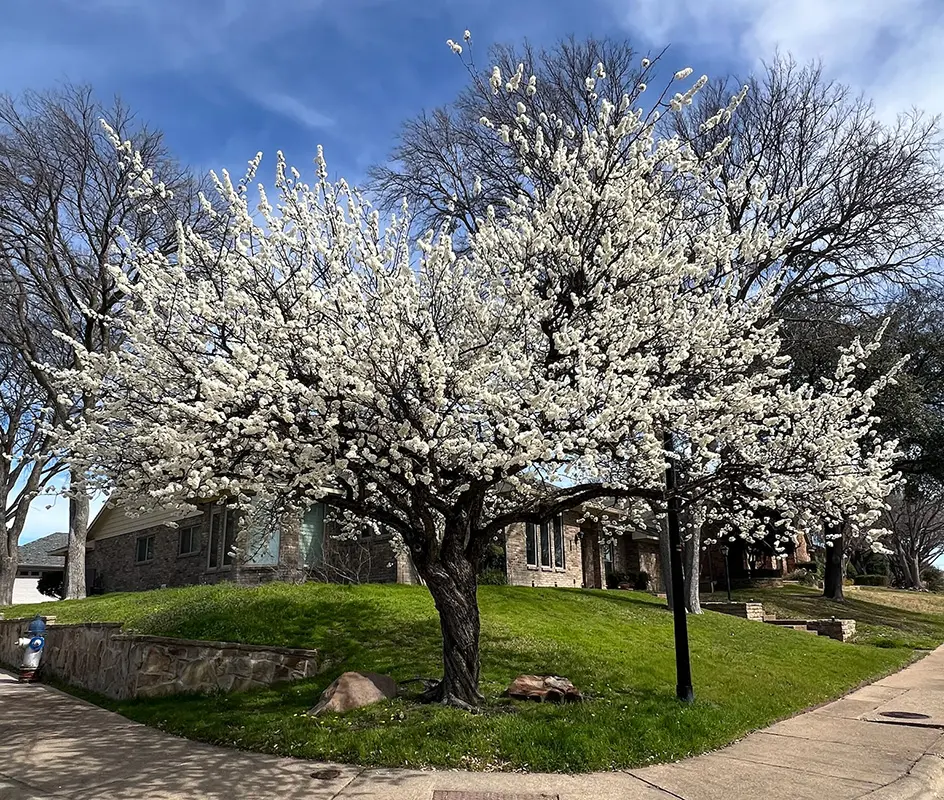
Spring represents renewal and growth. Early spring trimming helps manage excess overgrowth while the tree is still gearing up for its active growth phase. This period allows trees to heal fast from pruning cuts because new growth surges support wound closure, reducing decay risks and promoting active branch development.
The pruning techniques recommended by experts encourage cutting with a purpose, focusing on aesthetic trimming and shaping to construct a robust framework for newer growth. This ensures that your trees are not only appealing but structurally sound.
Summer Trimming Considerations
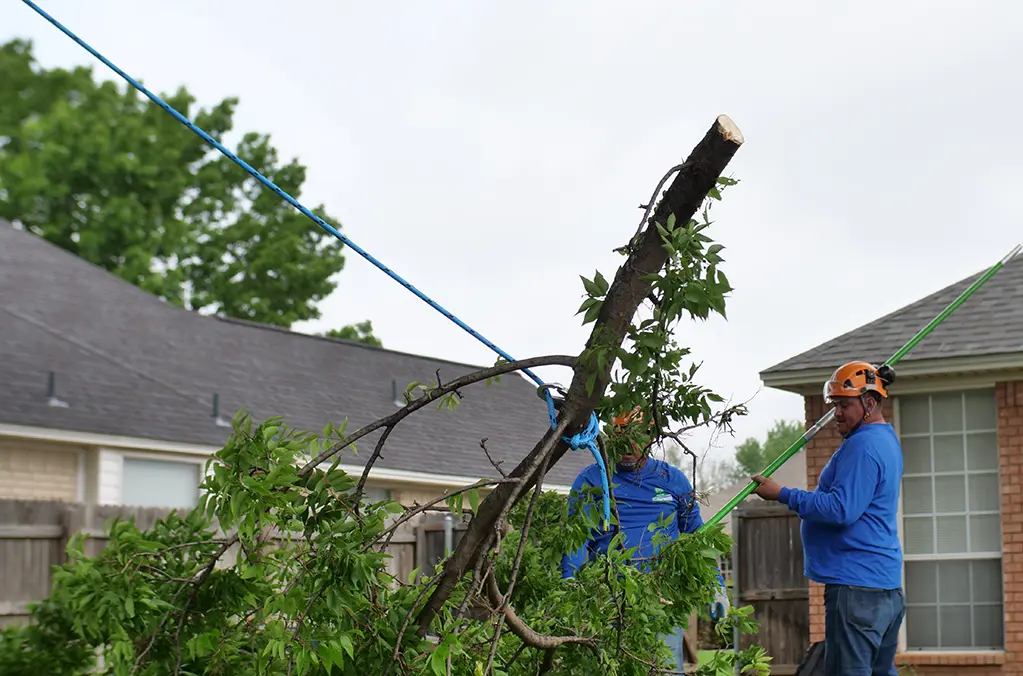
Summer pruning focuses on removing dead or damaged branches to enhance air circulation throughout the canopy. Airflow reduction from dense foliage can create environments conducive to pests and diseases, so modest selective pruning works to protect tree health.
Given the harsh Texas sun, major cuts should be minimized during summer to prevent inducing undue stress on trees. Texas heat can quickly sap a tree’s moisture levels, making mild trimming a careful task. ISA Certified Arborists can assist with assessing tree vitality and necessary summer interventions.
Fall Trimming: Preparing for Dormancy
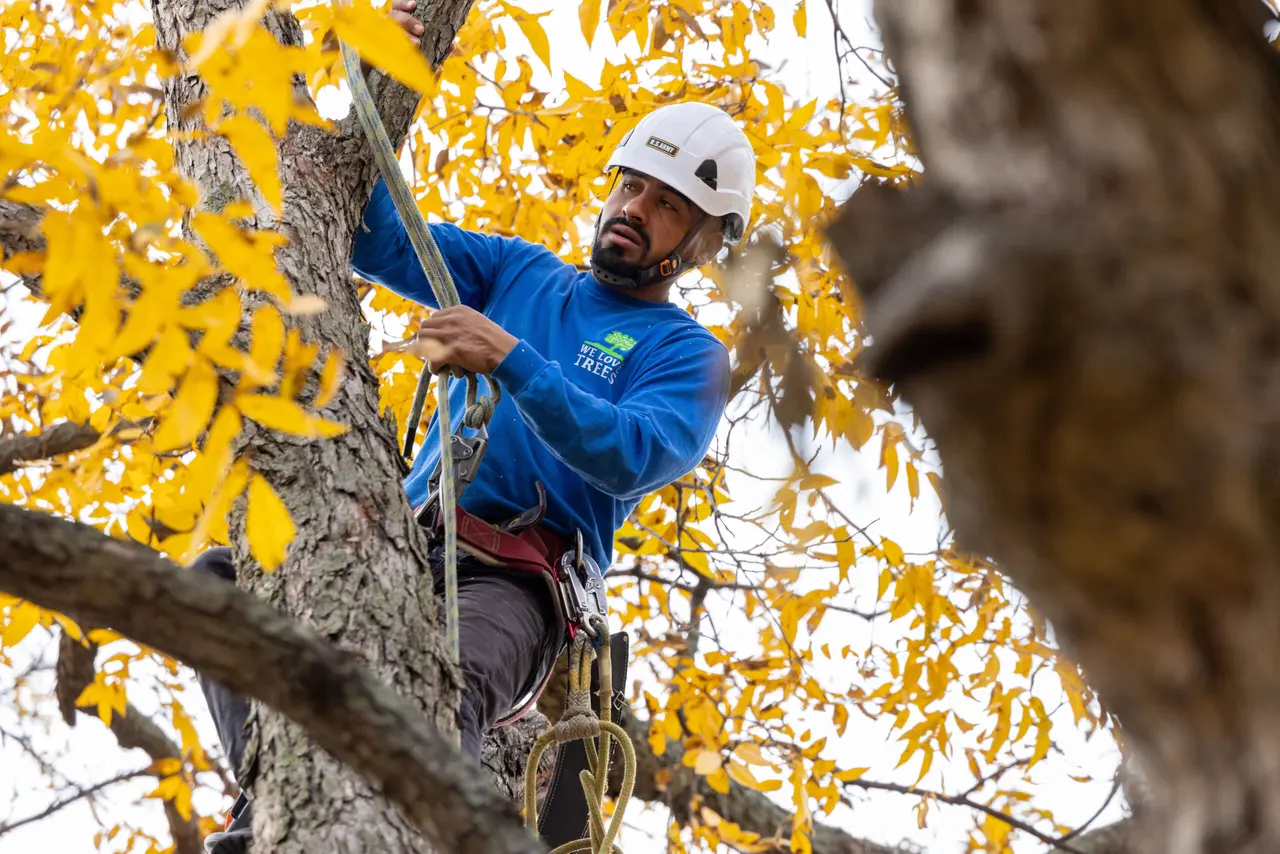
As trees in Texas begin to enter dormancy in the fall, this season becomes prime for remedial work. Identifying and addressing any visible structural weaknesses or infestations helps protect trees from potential winter breakage due to storms or snow.
Most notably without excessive foliage, fall is ideal for evaluating your trees’ structural integrity. Carefully selecting branches for removal to lessen wind load and prevent splitting under snow weight enhances tree durability throughout the dormant season.
This allows visibility for seeing parasites like mistletoe, making removal easier during the dormant months.
Winter Trimming Advantages
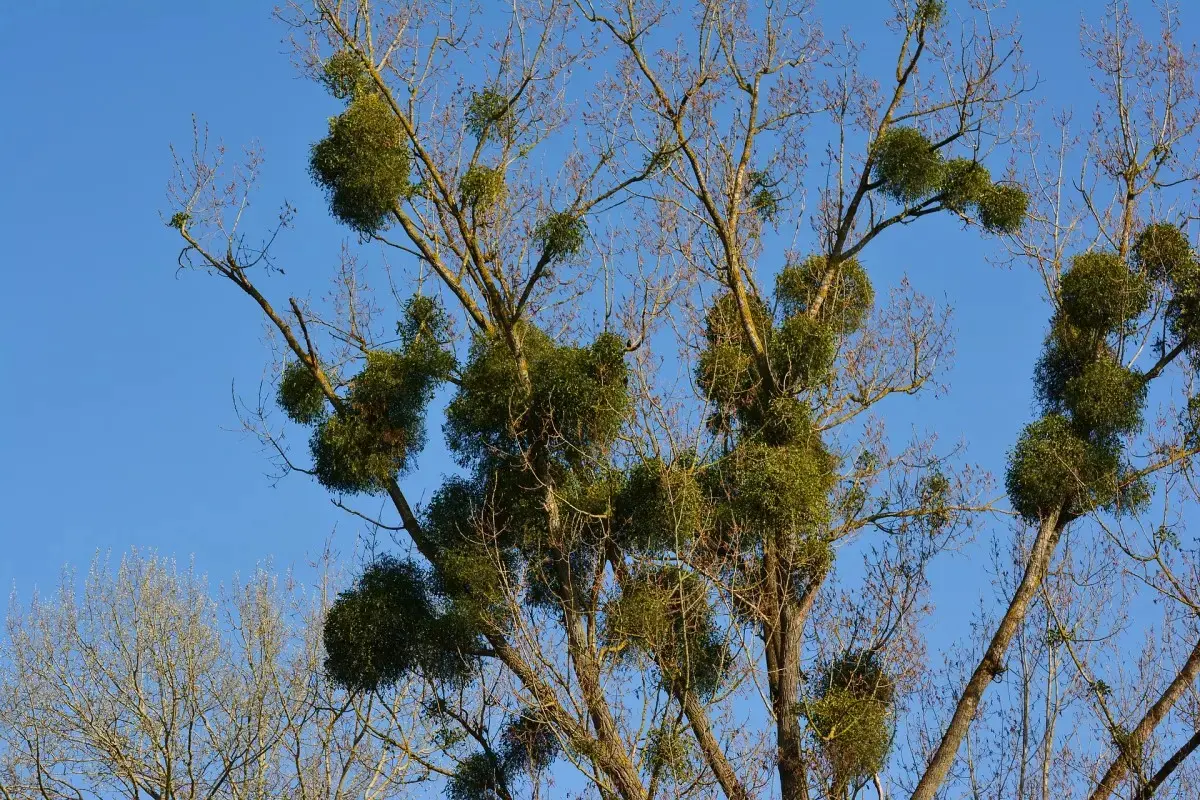
Winter is generally viewed as the best time for major tree pruning in Texas, especially for oak trees to avoid the oak wilt season. With trees in a state of dormancy, sap flow is reduced, which minimizes shock and bleeding from cuts.
Pruning in winter provides a clear view of a tree’s branch structure because of leaf absence. This unobstructed view aids arborists in identifying problematic branches while allowing precise and effective trimming activities.
Cold conditions slow the spread and growth of many pathogens and insects, making winter the safer period for trimming. It allows for containing the spread of diseases while reducing stress experienced by recovering trees.
Tree-Specific Guidelines
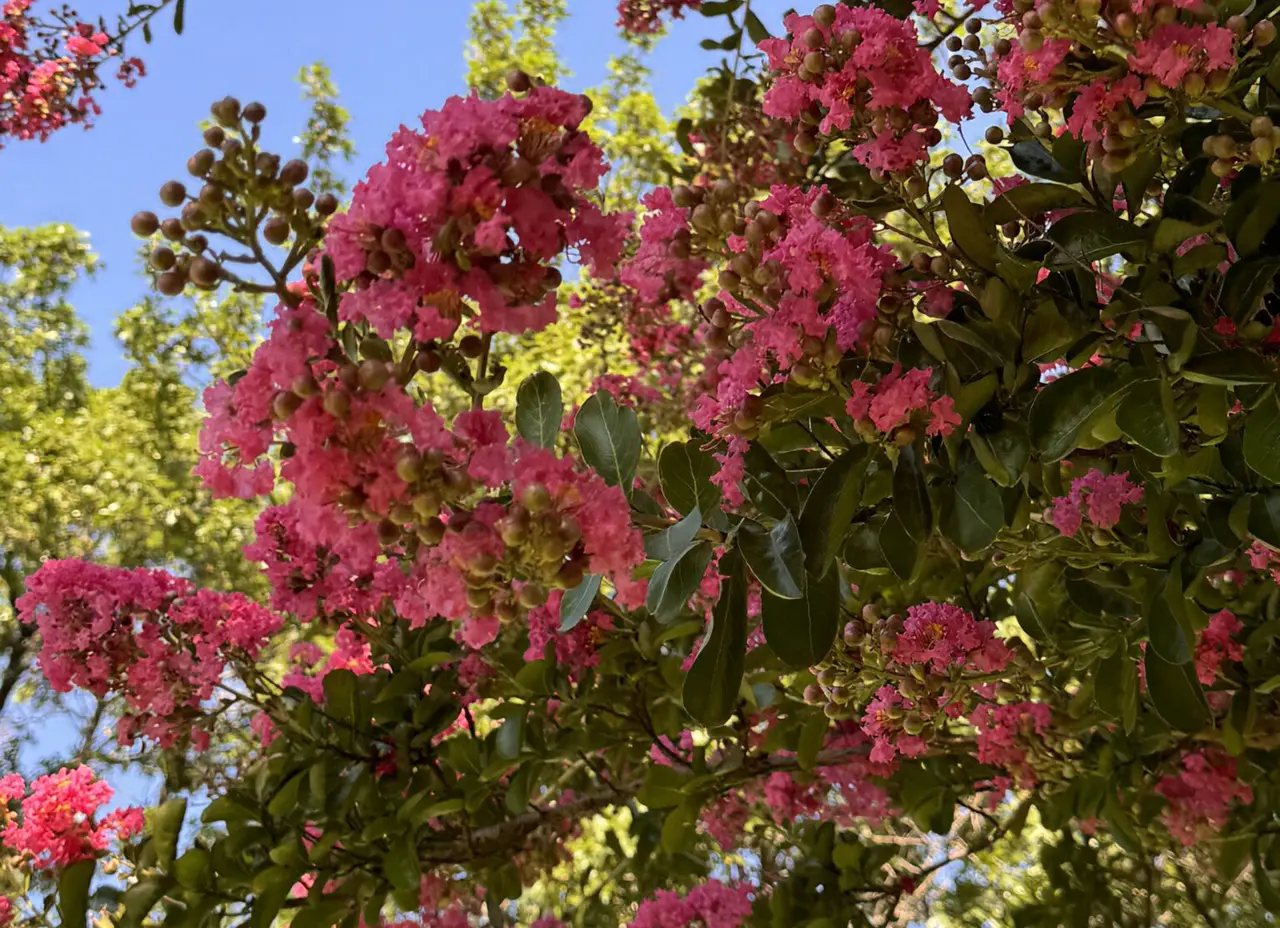
Understanding the best trimming practices is crucial for different tree types. Oaks require winter or late summer pruning to avoid spreading oak wilt , while pecan trees benefit from careful late summer trimming to promote healthy fruiting.
Crape myrtles should be trimmed, not topped after blooming to ensure vibrant flowering the next year. Meanwhile, ash trees flourish when pruned before the emergence of spring growth to bolster the tree’s natural defenses against insects like the emerald ash borers.
Adjusting the trimming schedule by tree type – such as ornamental or fruit-bearing trees – optimizes both health and aesthetics. Learning the unique requirements of each helps maximize their resilience and longevity.
At Texas Tree Surgeons we love trees. Understanding how tree trimming in North Texas varies by season will safeguard your trees. Seasonal Tree Trimming in North Texas is key to healthy trees. Knowing how tree trimming in Texas varies by season helps ensure your trees remain healthy and beautiful. Adapting your trimming schedule based on seasonal needs will contribute significantly to their well-being and longevity.
Related Blogs
Similar blogs related to this topic


Facts About Home Insurance & Trees
It’s becoming way too common, especially in Texas, homeowners receiving a threatening letter from their insurance company to drastically remove all tree limbs over a structure to prevent them from falling onto the house. Don’t…
Read more
How Often Should You Trim Your Trees?
Tree trimming is a crucial part of maintaining a healthy, safe, and beautiful yard. But how often should you really be trimming your trees? We’ll explore the ideal trimming schedule for your trees and why…
Read more
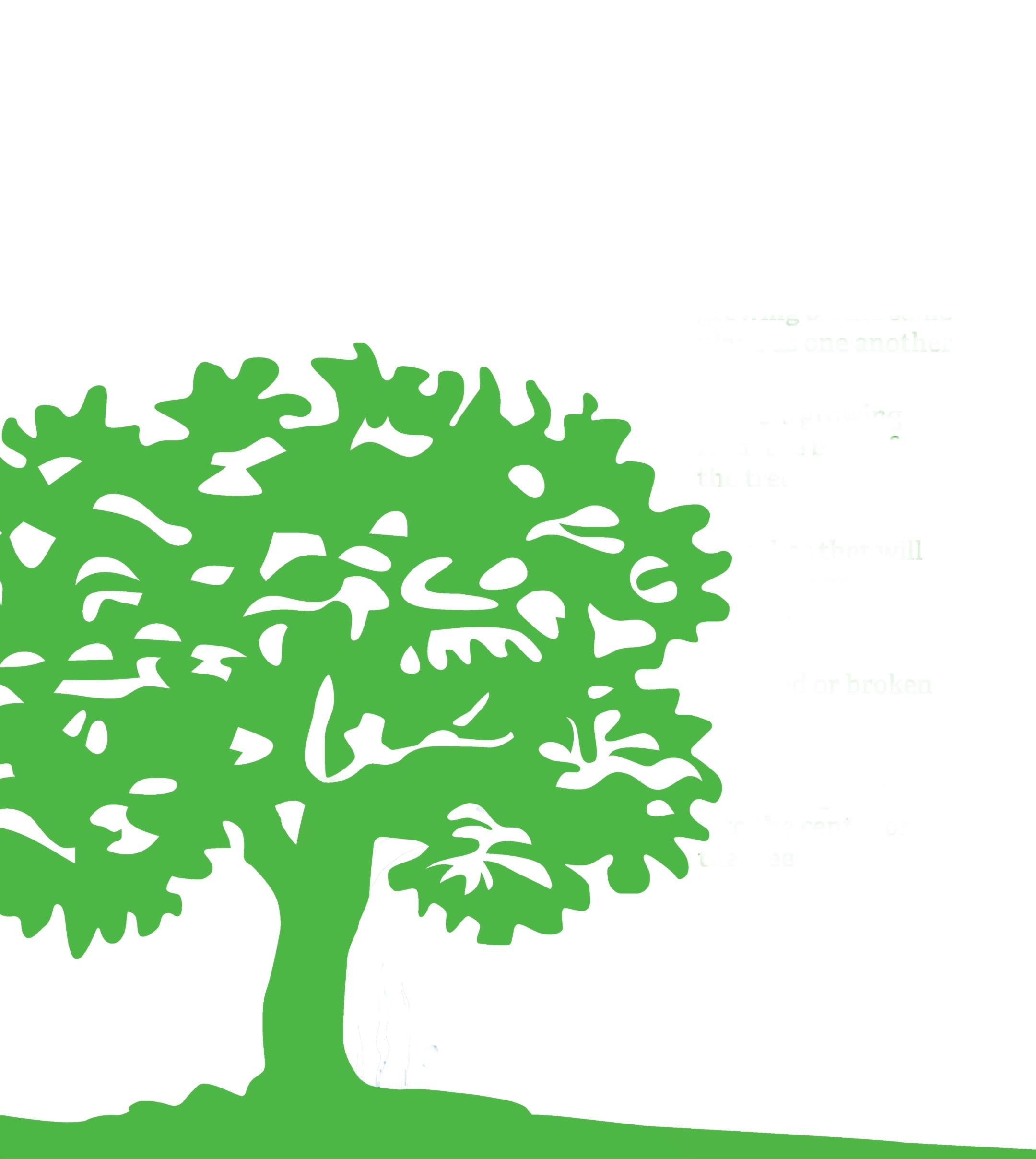
What is Prescription Pruning Qualification?
Prescription Pruning Qualification is vital for anyone involved in the care and maintenance of trees, ensuring they are pruned correctly and sustainably. This qualification is built from the years of research from industry leaders such…
Read more
